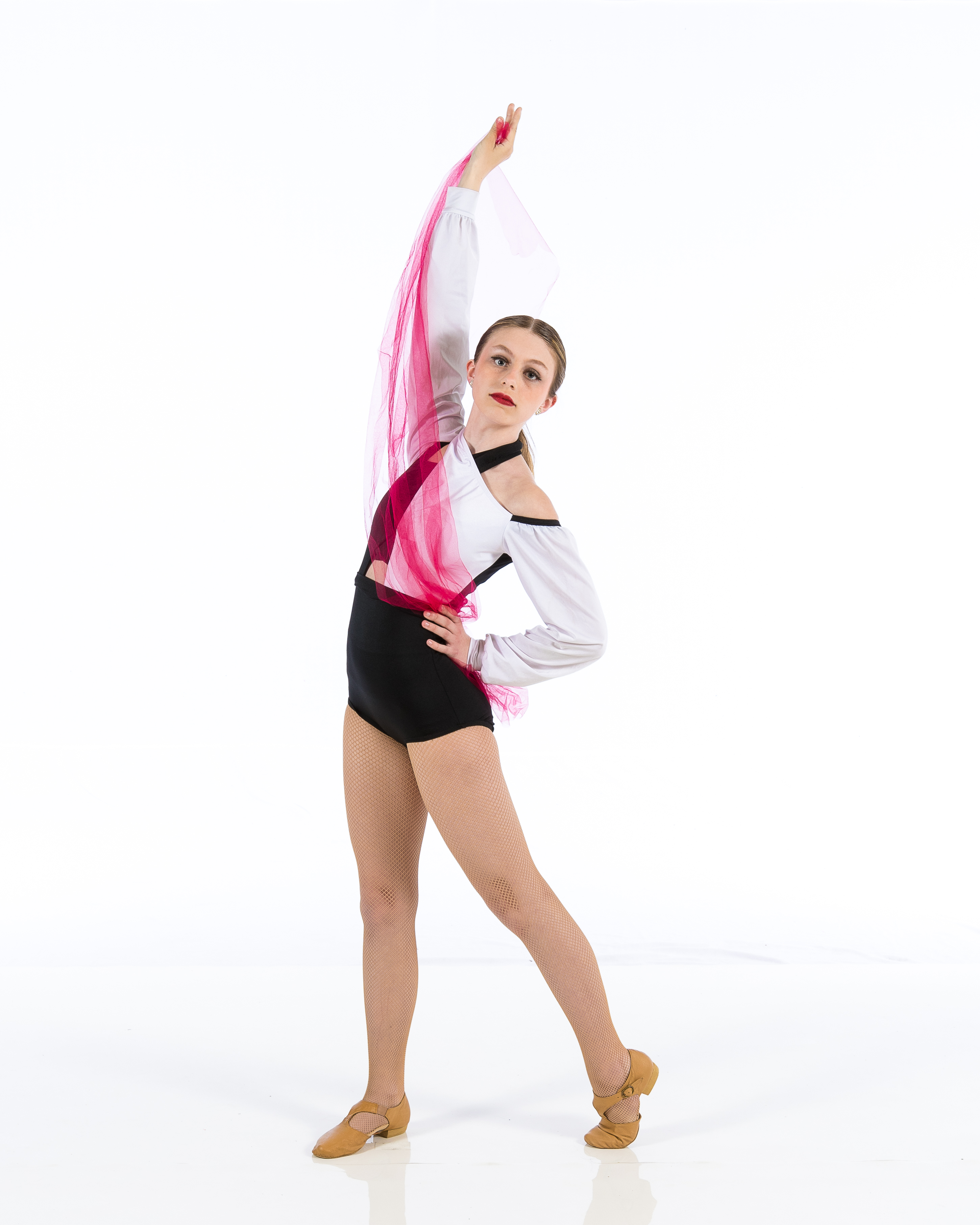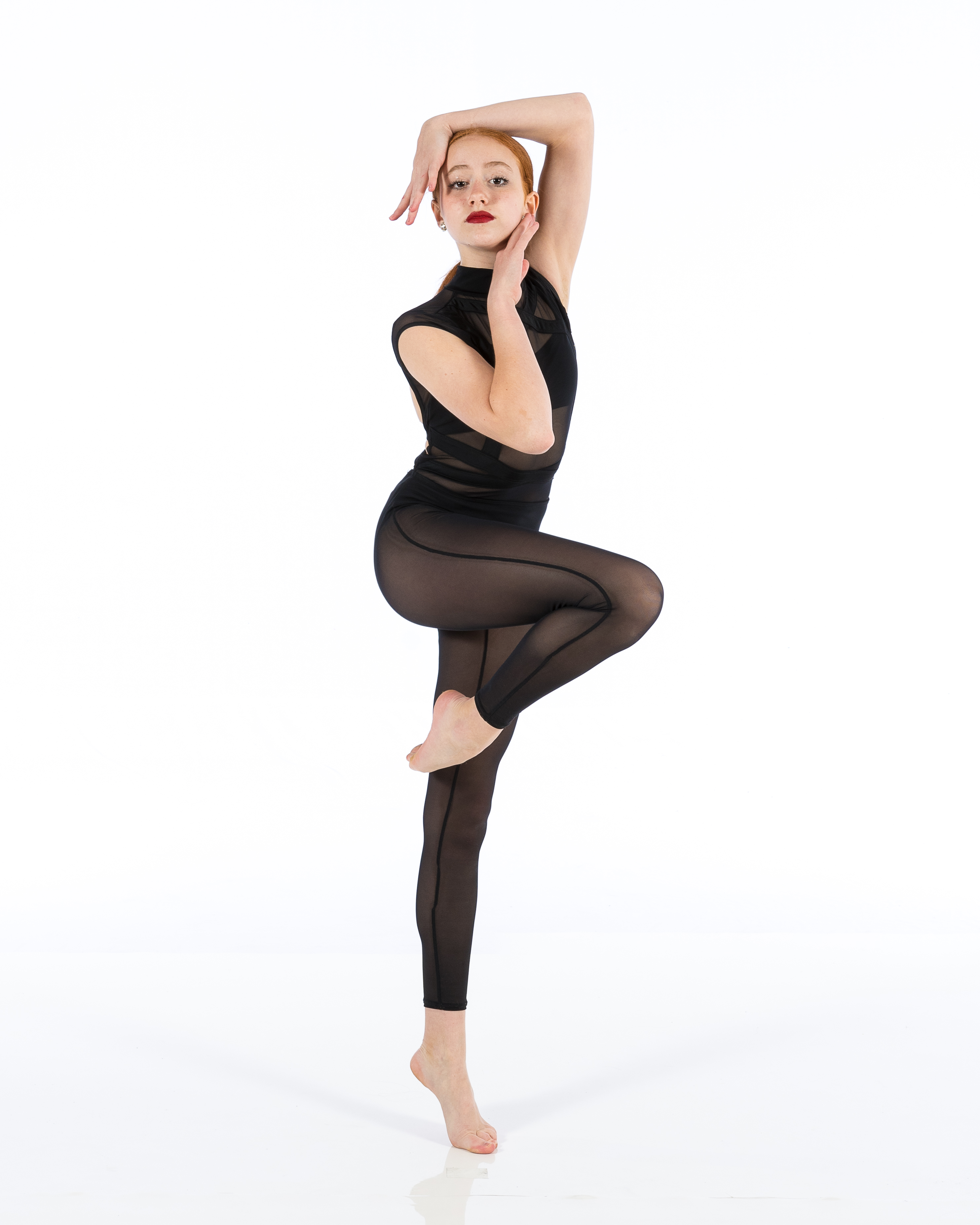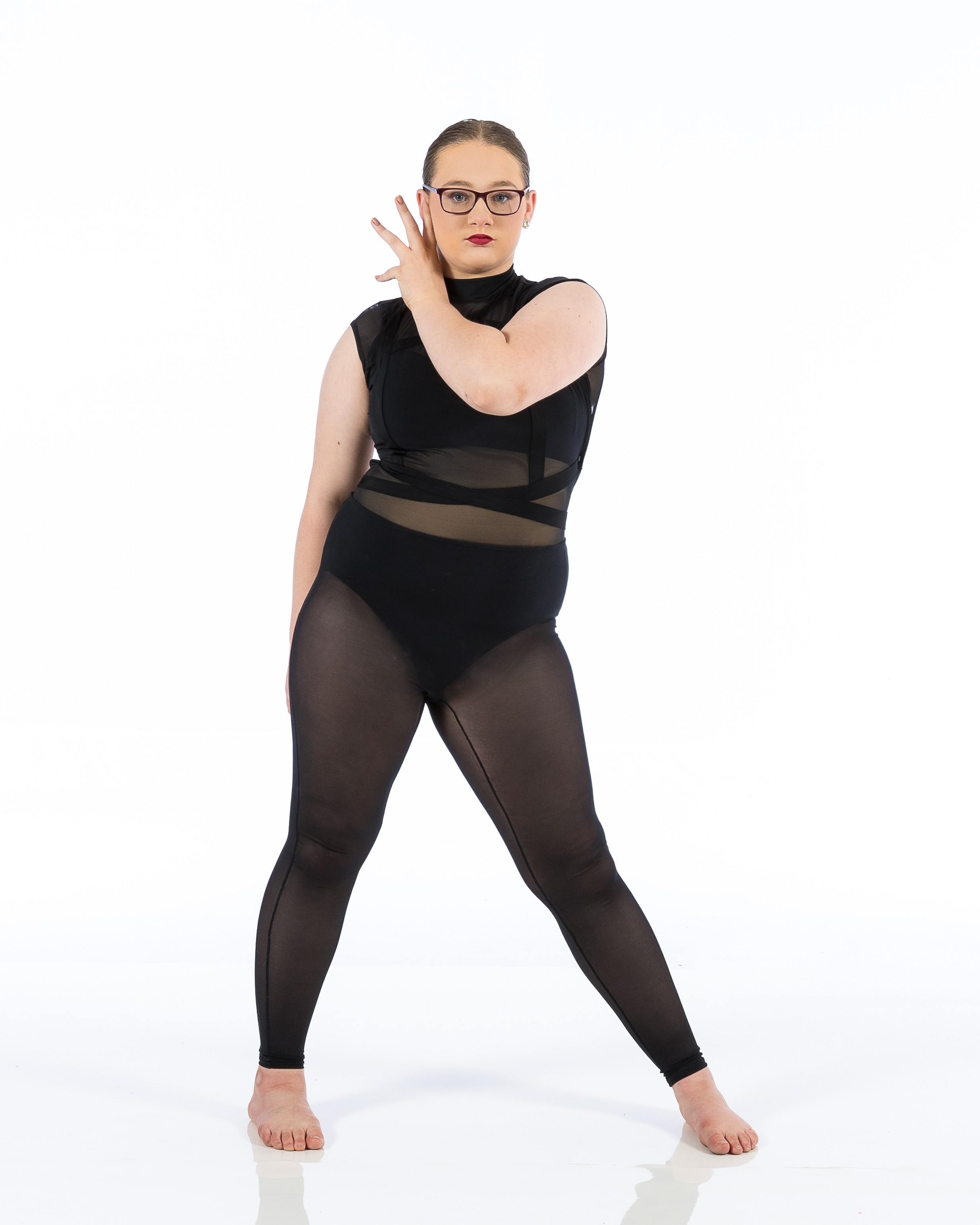Introduction
Dancing is an art form that transcends boundaries, cultures, and even the limitations of the human body. For those who have dedicated years to mastering their footwork, rhythm, and style, the journey doesn’t end with basic proficiency. Instead, it opens hip hop dance studio up a world filled with opportunities to explore more advanced techniques and artistic expressions. In this comprehensive article, we will delve into advanced tips specifically tailored for experienced dancers looking to elevate their performances. Whether you’re in the world of Hip Hop Dance or another genre, these insights will help refine your skills and inspire creativity.
Kicking It Up a Notch: Advanced Tips for Experienced Dancers
When one reaches an advanced level in dancing, it's not just about executing steps flawlessly; it's about expressing emotions through movement, understanding the history behind the dance styles, and infusing personal artistry into performances. So how do you kick it up a notch? This section will provide practical techniques and creative strategies that can help you take your dance journey to new heights.
Understanding Dance Styles Deeply
The Importance of Genre Knowledge
To truly excel in dance, you must understand the intricacies of different styles. Each genre has its unique characteristics that define its movement vocabulary.
Hip Hop Dance: Often characterized by its energetic moves and improvisational nature. Ballet: Focuses on grace, poise, and technical precision. Contemporary: Blends various styles and emphasizes expression and fluidity.Understanding these differences allows you to draw inspiration from various sources while developing your unique style.
Researching Historical Contexts
Every dance style has its roots in culture and history. For instance:
- Hip Hop originated in urban communities during the 1970s. Ballet has classical origins dating back to the Italian Renaissance.
By studying historical contexts, dancers can enrich their performances with authenticity.

Physical Conditioning for Dancers
Strength Training Techniques
Advanced dancers should incorporate strength training into their routines. Building muscle helps improve stability and control during complex movements.
- Core Exercises: Planks, bridges Leg Workouts: Squats, lunges
Flexibility Routines
Flexibility is crucial in achieving more advanced techniques. Incorporate stretching routines that focus on:
- Dynamic Stretching: Before practice Static Stretching: After practice
Musicality: Dancing to the Beat
Understanding Rhythm and Timing
Advanced dancers must master musicality—dancing not just to music but with it. This means interpreting beats, accents, and phrasing creatively through movement.
Exploring Different Types of Music
Experiment with various genres outside your comfort zone:
- Jazz Funk
This expands your musical palette and enhances adaptability on stage.
Improvisation Techniques for Dancers
Freestyle Skills Development
Improvisation is an essential skill in Hip Hop Dance but applicable across all styles. Here are some ways to get started:
Set a timer for 5 minutes. Choose a song you've never danced to before. Let your body respond without overthinking.Creating Your Own Moves
Take time to create signature moves that reflect your personality as a dancer—this makes performances uniquely yours!
Performance Enhancement Strategies
Stage Presence Mastery
Having strong stage presence can make or break performances:
- Maintain eye contact with the audience. Use facial expressions that match the music's energy.
Choreography vs. Freestyle Balance
While choreographed routines are essential, knowing when to freestyle adds spontaneity that captivates audiences.
Collaboration with Other Dancers
Joining Dance Crews or Groups
Collaborating with other experienced dancers can exponentially enhance your skills as you learn from each other’s strengths.
Workshops and Masterclasses Participation
Regularly attending workshops hosted by renowned instructors exposes you to different techniques and perspectives.
Mental Preparation Techniques for Dancers
Visualization Practices
Visualizing successful performances can bolster confidence levels significantly before stepping onto the stage or into class.
Imagine yourself performing flawlessly. Picture positive audience reactions.Mindfulness Techniques for Focus Enhancement
Practicing mindfulness helps maintain focus during rigorous practices or high-pressure performances:
- Try meditation or breathing exercises before sessions.
Injury Prevention Strategies for Dancers
Recognizing Early Warning Signs of Injury
As experienced dancers push their limits, they must be vigilant about body signals indicating fatigue or potential injury risks:
Persistent pain Reduced flexibilityListening to these signals is crucial in preventing long-term injuries.
Restorative Practices
Engaging in restorative activities like yoga or pilates aids recovery while enhancing flexibility—a vital component for any dancer aiming at advancing their craft!
FAQs
Q1: How can I improve my flexibility as an experienced dancer?
A: Incorporate daily stretching routines focusing on dynamic stretches before dancing and static stretches afterward; consistency is key!
Q2: What should I focus on when creating choreography?
A: Look at musicality first—understanding rhythms will guide your movements—and always strive to inject personal flair into your choreography!
Q3: How important is collaboration with other dancers?
A: Extremely! Collaborating not only enriches your experience but also challenges you creatively while providing learning opportunities from peers!
Q4: What role does mental preparation play in dancing?
A: Mental preparation fosters confidence; visualization techniques enhance performance readiness by embedding success into your psyche prior to shows!
Q5: How can I prevent injuries while pushing my limits?
A: Always warm up before dancing; listen closely to your body signals; if something feels off—rest instead of pushing further!
Q6: Is improvisation necessary for all dance genres?
A: While improvisation is more prevalent in styles like Hip Hop Dance—it’s beneficial across all genres as it adds spontaneity and personal expression!


Conclusion
In summary, “Kicking It Up a Notch: Advanced Tips for Experienced Dancers” encapsulates essential strategies designed not only to refine technical skills but also cultivate artistic expression within every dancer’s journey toward excellence! By implementing these insights—whether through physical conditioning methods or mental preparedness techniques—you’ll undoubtedly elevate both performance quality & overall enjoyment derived from this beautiful art form we call dance! So lace up those shoes & hit that floor because there’s no better time than now!